Utility
In economic evaluation of healthcare interventions, utilities (also known as health state preference values) represent the strength of individuals’ preferences for different health states. These values, averaged over a population, can be viewed as valuations of health states.
Key points about utility include:
– Valuation Scale: Utilities typically range between 0 and 1, where 1 represents perfect health and 0 represents death. Negative values are possible, indicating health states perceived as worse than death.
– Quality-Adjusted Life Years (QALYs): Utility values over time can be aggregated to derive QALYs, which are commonly used in economic evaluations.
– Methods of Obtaining Utilities:
– Direct Methods: Individuals directly describe and assess health states using techniques like the Standard Gamble or Time Trade-Off.
– Indirect Methods: Health states are classified using generic multi-attribute scoring systems, and utilities are derived from population surveys using utility tariffs.
Example:
– Direct Method: Using Time Trade-Off, a respondent might value living 10 years in a specific health state as equivalent to living 8 years in perfect health, assigning a utility of 0.8 to that health state.
– Indirect Method: Using the EQ-5D instrument, a patient might report their health status across five domains, and the responses are converted to a utility score using predefined tariffs.
Benefits:
– Standardization: Allows for consistent and comparable measurement of health outcomes across different interventions and disease areas.
– Comprehensive Evaluation: Captures both quality and quantity of life, making it a robust measure for economic evaluations.
Challenges:
– Variability: Different populations may value health states differently, leading to variability in utility scores.
– Complexity: Deriving utilities, especially through direct methods, can be complex and resource-intensive.
Preferred Instruments:
– EQ-5D: The most commonly used multi-attribute utility instrument, preferred by UK NICE. It includes domains of mobility, self-care, usual activities, pain/discomfort, and anxiety/depression.
Utilities are fundamental in economic evaluations, providing a standardized way to measure and compare the effectiveness of healthcare interventions.
Click HEOR TERMINOLOGY
